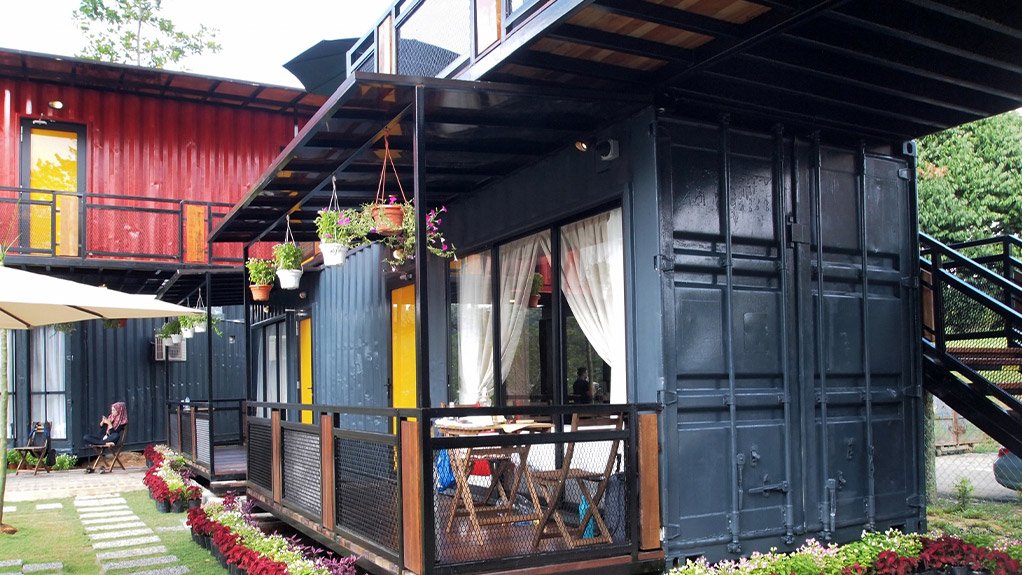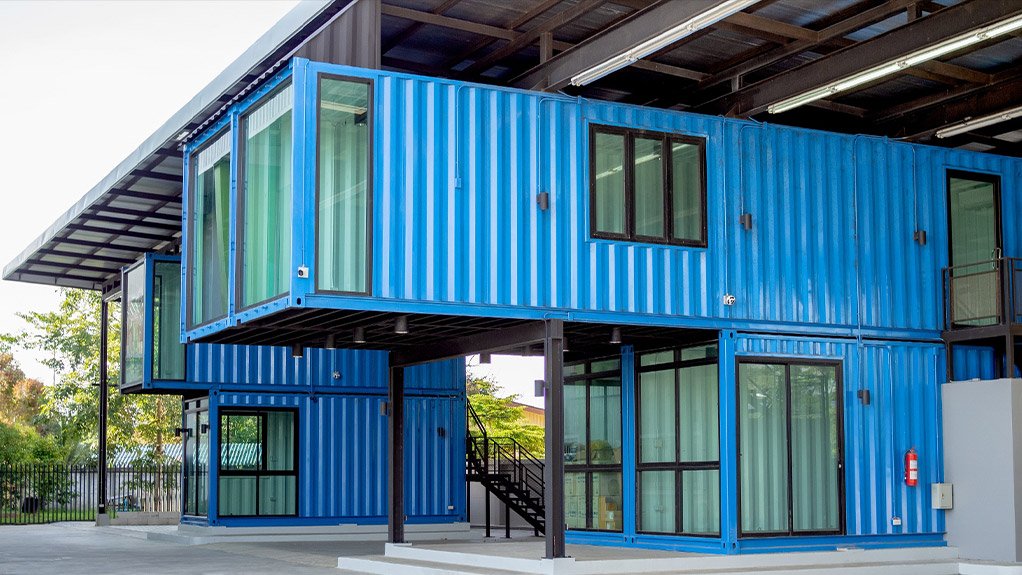Repurposing shipping containers for residential dwellings is a new trend in Cape Town. However, it is important to note that so-called container homes still need to comply with all building and fire-safety regulations, in addition to the architectural plans receiving council approval prior to construction.
Fire engineering specialist ASP Fire of Johannesburg was recently tasked by a Cape Town architect to vet the plans for two such container homes. “The homes essentially consist of a shipping container shell, arranged on-site to form the main structure, which is repurposed as a home,” ASP Fire CEO Michael van Niekerk explains.
Several factors had to be taken into account in terms of the fire-rating approval. Firstly, van Niekerk points out that steel in and of itself does not necessarily provide the structural stability required for a residence, as it begins to deform when exposed to temperatures over 550°C.
“Thus we obviously have to ensure the building is safe for occupants in the event of a fire, and does not collapse around them. The next point is to ensure that the neighbouring buildings on the adjacent properties would not be affected in the event of a fire in any of these units,” van Niekerk highlights.
The containers themselves were clad inside and outside for aesthetic purposes. Timber cladding was specified on one unit, which required ASP Fire to check that the distance from the adjacent structure complied with the fire-safety regulations.
“Here the option is either to treat the timber cladding so it is fire-resistant, or to specify a fire-rated fibre-cement board that resembles timber in its look and feel, as is common with American homes,” van Niekerk elaborates. Modern cladding materials used in dry walling, ranging from gypsum to fibre board, have varying degrees of fire rating.
“Our main approach was to look at each individual structure in terms of its fire-safety compliance. For example, one was multi-level, where we had to take into account that there were people above and below. We also had to be mindful of fire safety in the braai and bar area, and the outside area where gas cylinders were stored,” van Niekerk points out.
ASP Fire’s recommendations to the architect were subsequently submitted along with the final plans to the Cape Town City Council for approval. “I am fully confident that all of our recommendations will be approved, as we have extensive experience in this regard,” van Niekerk adds.
“The container home trend is not only environmentally important in that it repurposes existing structures, it is also quite easy to make these compliant with all of the necessary building and fire-safety regulations,” he concludes.










